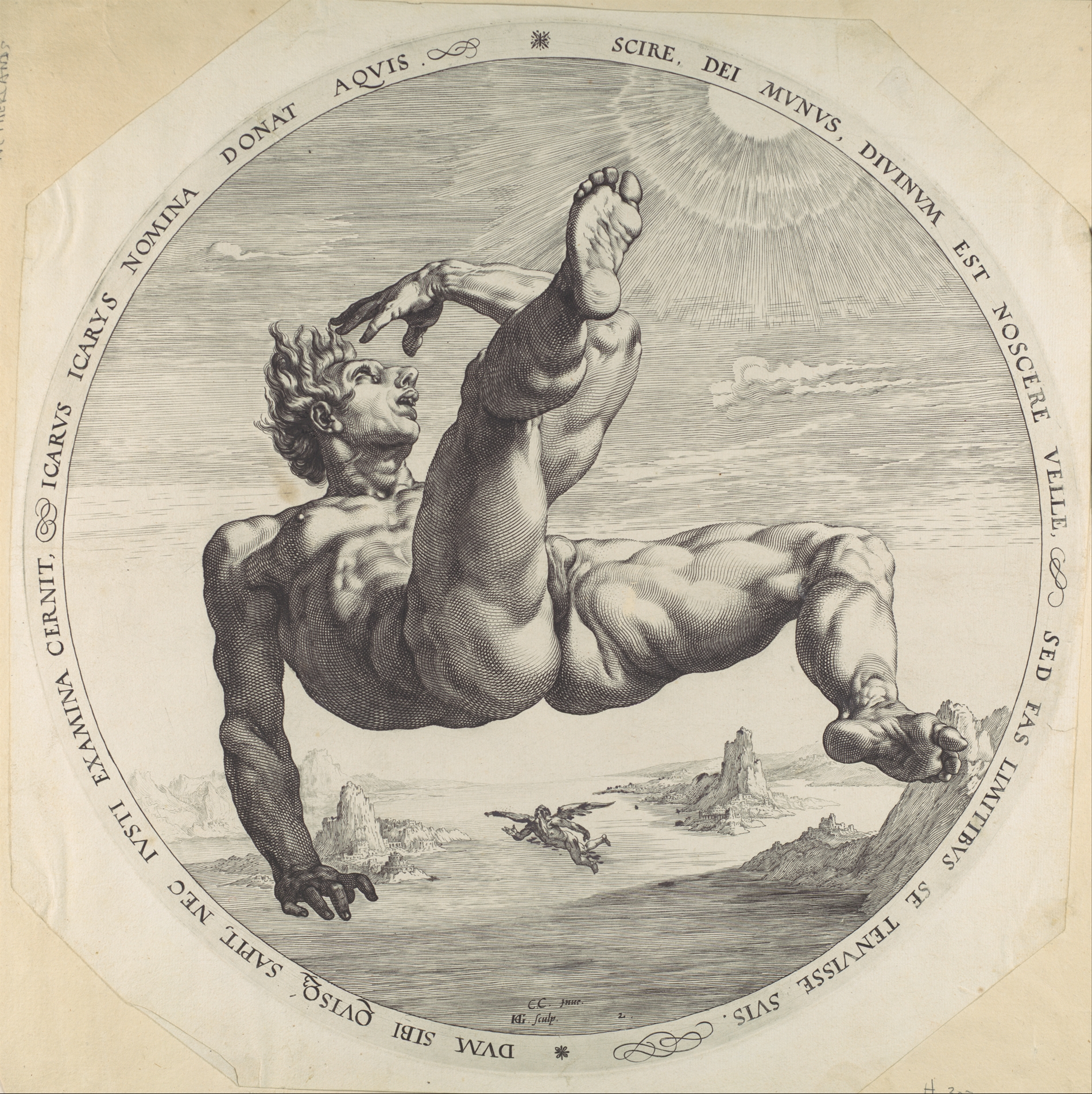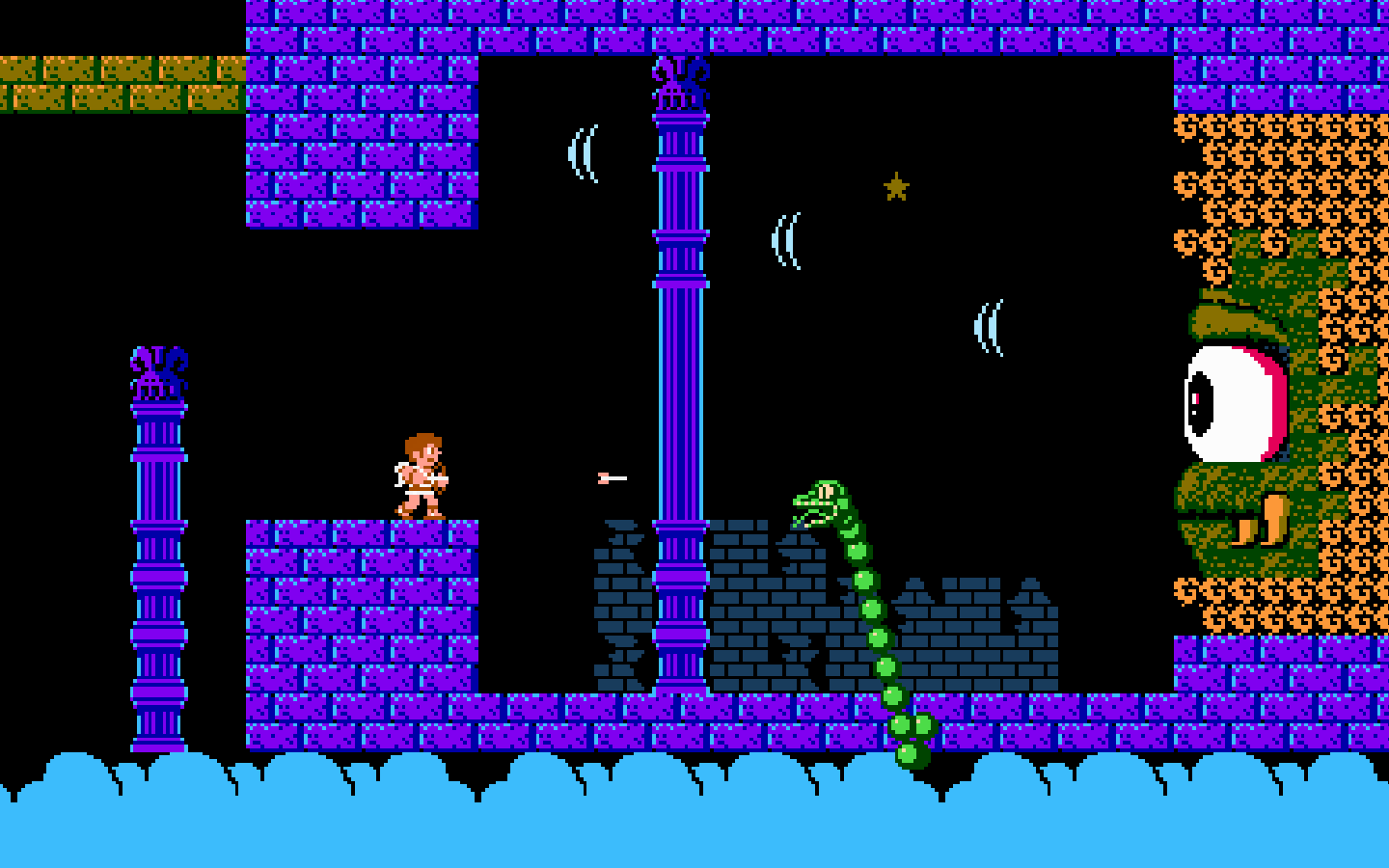 |
|
I created a fun, engaging lesson for Middle and High School students inspired by the Broadway-turned-MGM-film-classic "Our Town." |
If you like New York City (it's where I happen to reside) and if you love musicals then you may know there is a famous musical produced in the 1940s about the Big Apple. On the Town is a fun day-in-the-life story of a trio of sailors who take a tour of the city and find love and hijinks. In 1949, MGM made the Broadway hit into a movie.
Inspired by the film and the song "New York," New York" I invited my students to plan a one-day itinerary to explore the Big Apple. The kids were surprised by how this old-school song is still humorous today. The lyrics are also fun: "The Bronx is up, and the Battery's down" and people "get around in a hole in the ground." I asked my students some trivia questions, too. Do you know where Grant's Tomb is located or do you know the best way to get to the Bowery?
We then learned more about the history of New York City and then as an extended learning project created itineraries to explore the city on our own terms (in which I encouraged everyone to share their creations with their family and friends who may not know the city very well).
I created a lesson plan based on my classroom experience that is three days long, and I used it for my English Language Learners (ESL), but it also fits for a Humanities, English Language Arts, or Social Studies lesson.
I created a lesson plan based on my classroom experience that is three days long, and I used it for my English Language Learners (ESL), but it also fits for a Humanities, English Language Arts, or Social Studies lesson.
My lesson plan includes the following features:
- 1 Lesson Planning Guide and Calendar
- 1 Cloze Passage Worksheet
- Lecture Notes for the Teacher
- 1 Guided Notetaking Organizer
- 6 Editable Google Slide Templates
- 2 Color NYC Landmarks Contact Sheets
- 1 NYC Itinerary Template
- 1 NYC Map Template
- 1 NYC Map Resource List
- List of New York City Regional Transit Maps (including the New York City Subway)
- *Google Classroom / App Friendly Resource*
Suggested Classroom Use:
- Unit on New York City History
- ESL Class for English Language Learners
- Middle School Humanities
For other resources using maps and geography check these out:
- Using Census Data to Explore Ethnic Diversity in New York City Neighborhoods
- Geography Awareness using a Blank World Map
Add my TpT store to your favorites so you can follow me on my journey. I offer original resources for teaching, writing, and all things arts and letters in the Middle and High School classroom.







